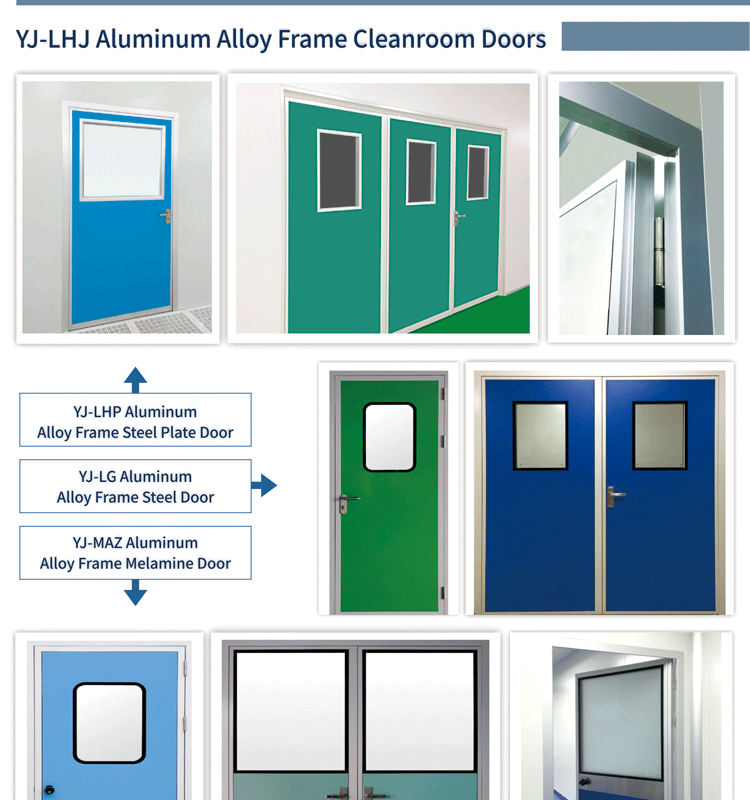automatic clean room doors
Automatic clean room doors represent a crucial component in maintaining controlled environments across various industries. These specialized doors are engineered to provide seamless access while preserving the integrity of clean room environments. They feature advanced sealing mechanisms that prevent particle infiltration and maintain precise pressure differentials. The doors operate through sophisticated automation systems, incorporating sensors and control panels that enable touchless entry and exit. Constructed from durable, non-particle-shedding materials such as stainless steel and special polymers, these doors are designed to withstand frequent cleaning and disinfection protocols. The automation system includes safety features like motion sensors and emergency override functions, ensuring both safety and functionality. These doors find extensive applications in pharmaceutical manufacturing, semiconductor production, biotechnology laboratories, and medical device assembly facilities. They are available in various configurations, including sliding, swinging, and bi-parting designs, to accommodate different space requirements and traffic patterns. The control systems can be integrated with building management systems and can be programmed for different access levels and operating modes.


